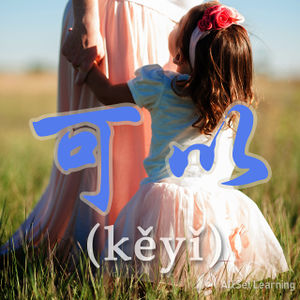Difference between revisions of "Expressing permission with "keyi""
Wu.mengmeng (talk | contribs) |
ViktorMugli (talk | contribs) |
||
| Line 35: | Line 35: | ||
[[Category:A1 grammar points]] | [[Category:A1 grammar points]] | ||
| + | {{Used for|Expressing Ability}} | ||
{{Basic Grammar|可以|A1|可以 + V|你 <em>可以 去</em> 。|grammar point|ASG6SPYK}} | {{Basic Grammar|可以|A1|可以 + V|你 <em>可以 去</em> 。|grammar point|ASG6SPYK}} | ||
{{Similar|Expressing ability or possibility}} | {{Similar|Expressing ability or possibility}} | ||
{{Similar|Hui, keyi and neng}} | {{Similar|Hui, keyi and neng}} | ||
{{Similar|Expressing a learned skill}} | {{Similar|Expressing a learned skill}} | ||
Revision as of 09:30, 13 June 2012
-
Level
-
Similar to
-
Used for
-
Keywords
Structure
Permission is expressed with the verb 可以. It might be helpful to think of 可以 as meaning "may". This will help to keep its function and usage clear.
Subject + 可以 + Verb + Object
Use this structure to express permission to do things.
Examples
- 你 可以 坐 在 这儿。
- 我 可以 看 这 个 吗?
- 他 可以 跟 我们 来。
See also
Sources and further reading
Books
- New Practical Chinese Reader 1 (新实用汉语课本1) (pp. 160-1) →buy
- New Practical Chinese Reader 1 (新实用汉语课本1)(2nd ed) (pp. 185-7) →buy



